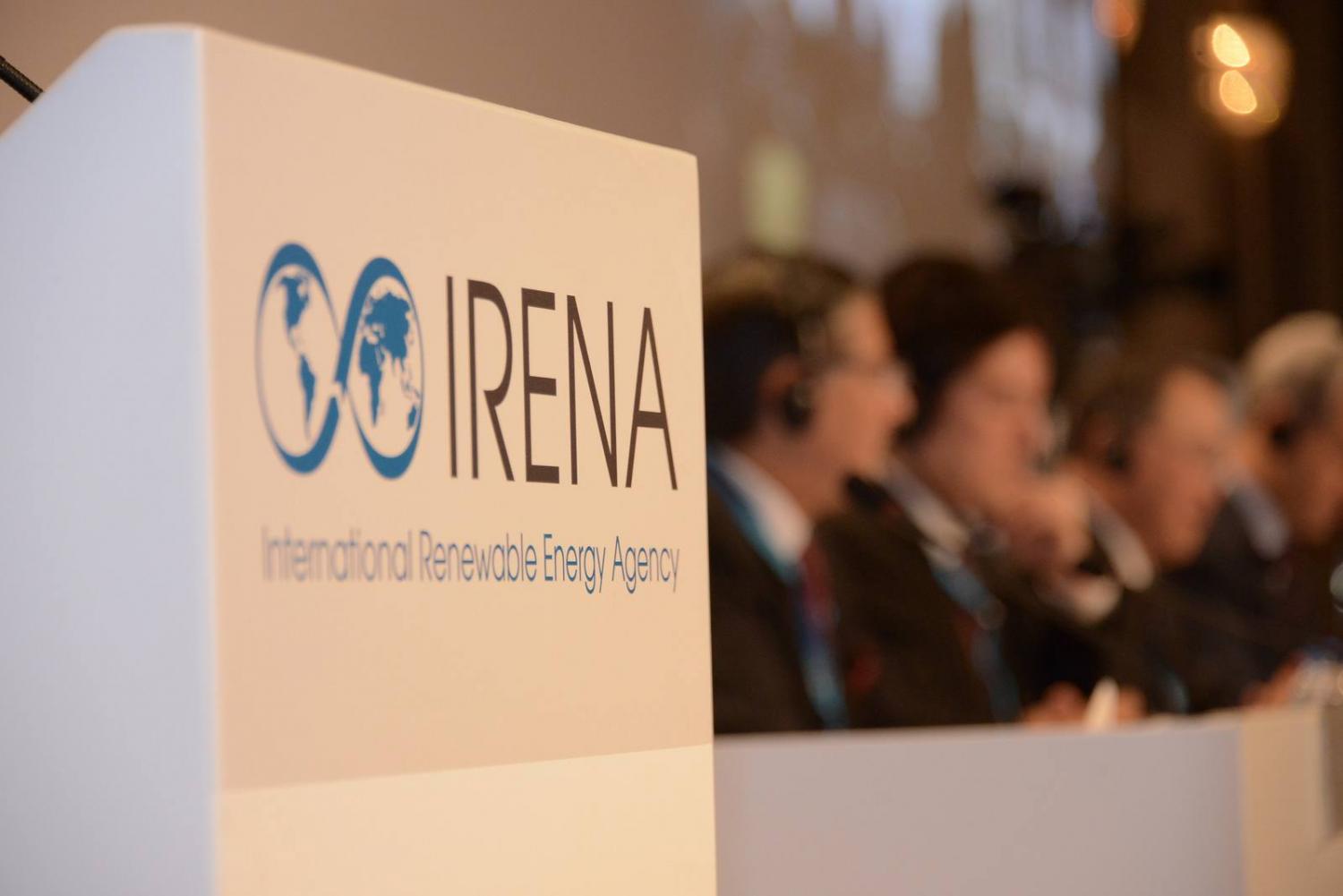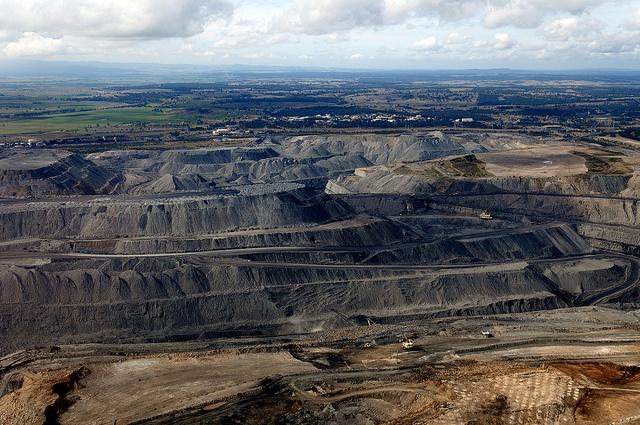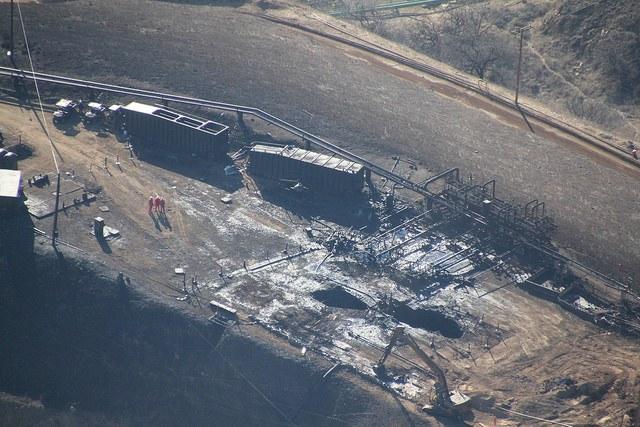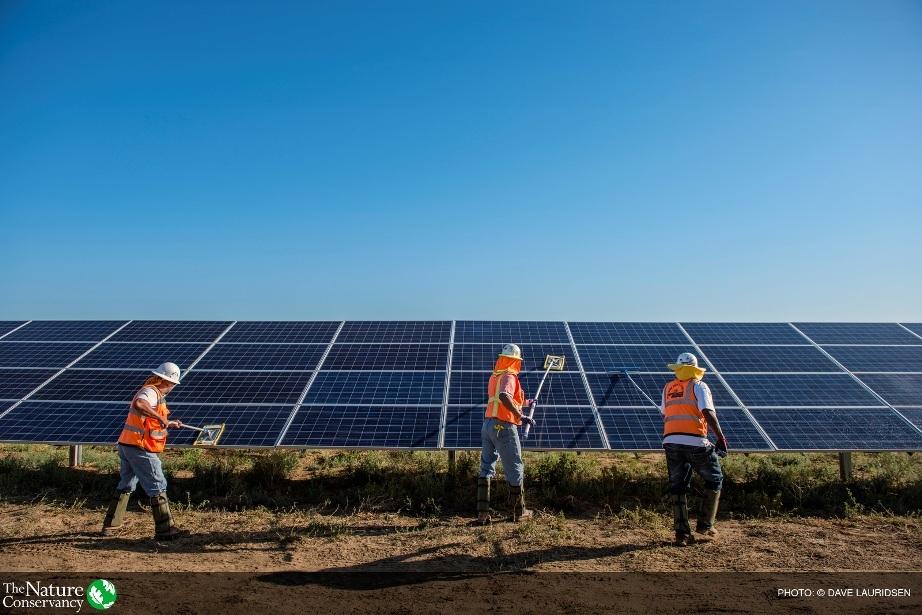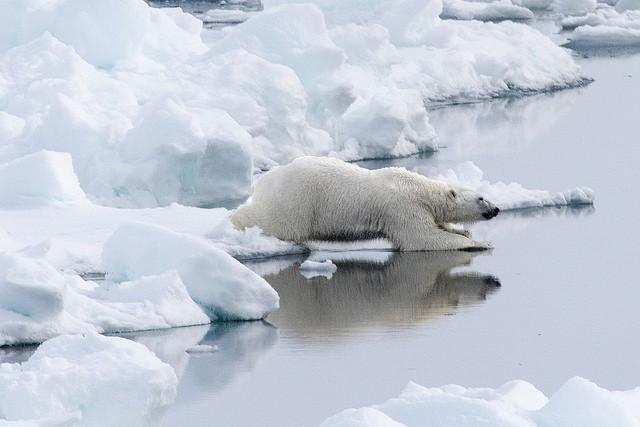Take a break from those endless email threads and spend five minutes catching up on the latest trends in sustainability and business with the latest 3p Weekend.
Another day, another public health crisis brought on by a corporate or government screw-up. If it feels like you've been reading more of these stories lately, that's probably because you have.
In each of these events, all of which hit the headlines over the past two years alone, the shirking of government and corporate responsibility went beyond the shameful and into the dangerous and deadly. It's happening with frightening regularity, as infrastructures continue to age and companies and governments employ unproven means to boost revenue following the economic downturn.
As we move into 2016, let's be sure we don't forget the environmental and social lessons learned by these ethical horror stories. Those who do not remember history are doomed to repeat it.
Three months later, gas leak is still sickening LA County residents
Nearly three months ago,
a pipe ruptured beneath one of the nation’s largest natural gas storage facilities, located near the
Porter Ranch community of Los Angeles County. Since then,
schools have closed and
thousands of residents have fled their homes with a variety of health problems, including headaches, nosebleeds, vomiting and nausea.
The ongoing leak prompted Gov. Jerry Brown to declare a state of emergency earlier this month. News accounts indicate about 2,000 people were evacuated before the declaration, but some reports anticipate that the entire Porter Ranch population of 30,000 will eventually be relocated. The company that owns the storage facility, Southern California Gas, says it may not be able to stop the leak until February or March.
The case attracted the attention of Erin Brockovich, who told CNN the problem can be traced to the 50s-era well itself — and the fact that the company never replaced a safety valve that was removed in 1979.
Oklahoma earthquake swarms baffle local lawmakers
A
swarm of more than 70 small earthquakes rattled Oklahoma in
the second week of 2016. The quakes thankfully resulted in few injuries, but plenty of locals were left scratching their heads. In recent years
this once-quiet region has cemented its reputation as
the most earthquake-prone in the entire world.
The U.S. Geological Survey pinned some of the blame on the practice of injecting massive quantities of wastewater from oil and gas drilling operations underground.
As 3p correspondent Tina Casey points out, firmly establishing cause and effect has been a difficult task. But evidence is mounting "that links injection wells (and, in rare cases, fracking itself) with earthquakes in populated areas, once again calling into question whether the oil and gas industry — a mature industry with generations of experience and research under its belt — is sufficiently prepared to safely expand its operations," she posited on 3p last week.
DuPont's negligence in West Virginia is back in the news
For decades, chemical giant DuPont
knowingly allowed a cancer-causing chemical (Perfluorooctanoic acid or
PFOA), used in the manufacture of Teflon, to
pollute the air and drinking water in West Virginia. The story popped back into our newsfeeds this week after a detailed account in the most recent New York Times Magazine.
Years after the practice was uncovered and made public, the company finally discontinued its use of the toxin. Yet, as 3p legal correspondent Michael Kourabas points out, "the health effects of the replacement chemical are unknown, and DuPont has paid a meager price — in both dollars and publicity — for the harm it has caused and may still be causing."
And, he continued, it's already too little too late: Some studies indicate that we may already have as much as 5,000 times more PFOA in our blood than is considered safe to ingest.
Drinking water woes continue in Flint, Michigan
The city of
Flint, Michigan, population 100,000, has been
dealing with water problems since April, 2014, when the state decided to
switch its water source to the Flint River to save money.
Within months of the switch, pediatricians
reported elevated levels of lead in their young patients. By December 2015, the anticipated number of cases in some zip codes
reached 15 percent.
Earlier this month, the newly-elected mayor of Flint, Karen Weaver, declared a state of emergency in an attempt to deal with the crisis. 3p correspondent Jan Lee explains: "Records now suggest that the Michigan Health Department knew there could be a health risk from the new water source. Some researchers suggest the responsibility for the crisis goes deeper than that."
All signs point to negligent landlords in Chicago
As 3p's Jan Lee points out, Flint isn't alone in its
lead-poisoning crisis. Chicago, where the walls in
many older apartment buildings and homes are still covered in lead paint, has
four times the number of reported lead poisonings than the national average.
Although federal law makes it illegal for a landlord or a seller to rent or sell property that could pose a risk of lead poisoning, the problem still persists, with some lower-income areas showing a higher incidence.
Underground fire near St. Louis nuclear waste dump burns on
A fire has been slowly burning beneath a landfill near St. Louis, Missouri,
for five years. The landfill in question is
less than a quarter of a mile away from
8,700 tons of radioactive barium sulfate left over from the federal government’s
Manhattan Project.
In October, an above-ground fire occurred at the landfill -- highlighting the site's ongoing problems. Missouri Attorney General Chris Koster is fighting a legal battle to get the landfill site cleaned up. He even filed a lawsuit against the landfill’s owner, Republic Services, 3p's Gina-Marie Cheeseman reports.
Yellowstone River prompts state of emergency
Last January, residents in the town of
Glendive, Montana, were
told not to drink their water after an oil pipeline broke,
dumping an estimated 50,000 gallons of Bakken light crude into the Yellowstone River.
Montana Gov. Steve Bullock declared a state of emergency in response to the spill, but he assured residents that the river would be cleaned up by Bridger Pipeline, LLC, the Wyoming-based company that owns the pipeline, 3p's Jan Lee reports.
Chemical spill brings West Virginia's capitol to a standstill
In early 2014, evidence of
4-Methylcyclohexane Methanol (MCHM), a foaming agent that is used to clean coal of impurities, was picked up by a water distribution plant in
Charleston, West Virginia.
Gov. Earl Ray Tomlin declared a state of emergency, and officials scrambled to alert some 300,0000 residents of the pollution and to close access to drinking water. The spill closed schools, stopped commercial flights and converted the state capitol’s downtown core to a “ghost town,” 3p's Jan Lee reports.
Nearly a year later, the U.S. Attorney General’s office indicted four owners and operators of Freedom Industries, the chemical company linked to the spill.
Coal ash pollutes drinking water in Virginia and North Carolina
As you may remember,
Duke Energy found itself in a heap of hot water in early 2014. In February, a
coal ash containment pond at the North Carolina-Virginia border
failed, spewing sludge that
polluted some 70 miles of the Dan River. Then, in March,
North Carolina investigations revealed that the company
illegally pumped 61 million gallons of coal ash into a tributary of the Cape Fear River,
a local source for drinking water.
In February of last year, three U.S. attorney’s offices and the Department of Justice Environmental Crimes section, filed charges against Duke Energy for dumping waste in a string of events that date back to at least 2010.
Train derailments, fires prompt questions about safety
In early 2015,
two cargo train accidents sparked a debate about
crude oil transport. More than 60 people were evacuated from their homes in the small town of
Montgomery, West Virginia, after a CSX train carrying crude to a refinery
derailed and caught fire. One house was destroyed, and
the town’s drinking water was contaminated by an oil spill. Another oil train traveling through eastern Canada
burst into flames when it derailed in a forested area near Timmins, Ontario.
The accidents -- which occurred within 48 hours of each other -- prompted questions about whether crude oil shipments have a place on the rails that pass through America’s small towns.
By highlighting the recent rash of human health crises, we hope to remind readers that we still have a long way to go in making every business a responsible business.
Image credit: Earthworks



